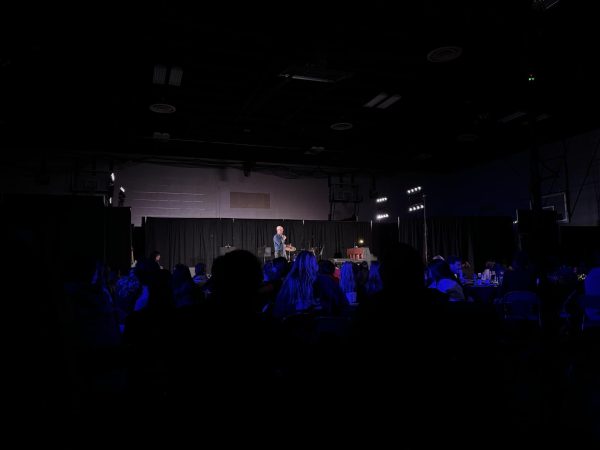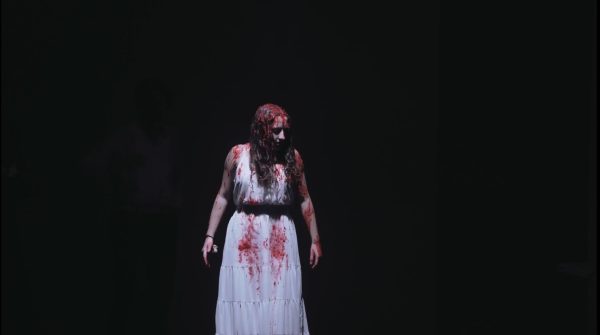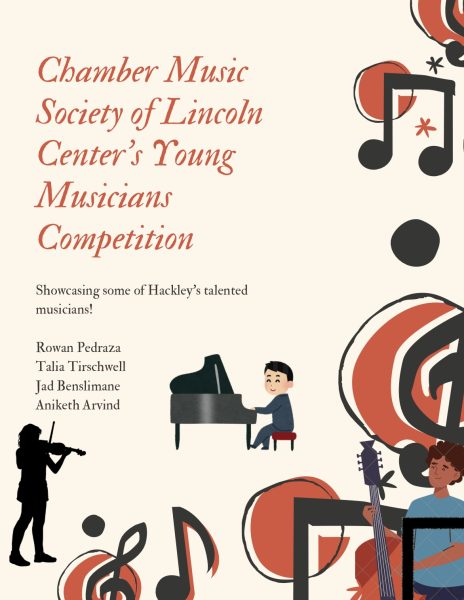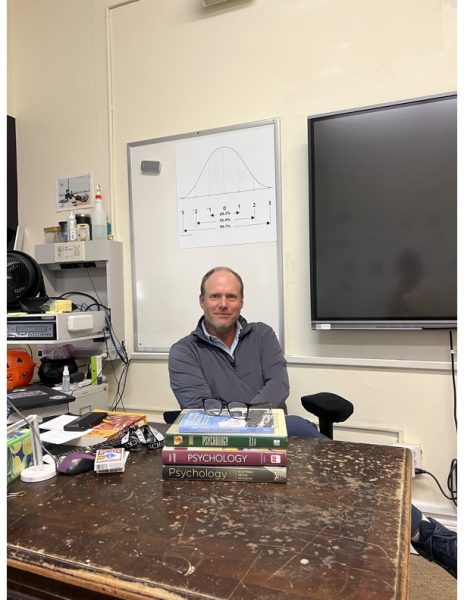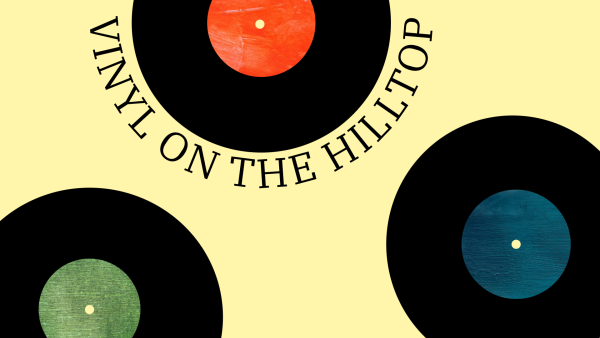Rising Popularity of Film Photography
“By far the most significant event in the history of amateur photography was the introduction of the Kodak #1 camera in 1888,” Mia Fineman, a curator at The Metropolitan Museum of Art explained in an essay about the initial rise of film photography. The creation of Kodak’s film fueled a widespread interest in casual photography, which continued until the introduction of digital photography – when it slowly began to die out.
Kodak’s most popular film Ektachrome was launched in 1946 and was one of the first commercially available color films. In 2013, it was discontinued due to declining sales and is now being manufactured due to rising demand.
What is the reason for this return to amateur photography’s roots, considering its inconvenience? Despite the fact it is undoubtedly more costly and less efficient, a recent return to film photography through the use of film and disposable cameras has surged throughout younger generations.
Disposable cameras are single-use cameras that allow up to 30 photos to be taken (depending on the brand used). The cost of the camera itself ranges from around $14 to $25, and the cost of developing a single roll ranges from around $12 to $15. However, many opt to use reusable film cameras as they are ultimately a more cost-efficient investment.
Another supposed disadvantage of using film instead of digital cameras is that the photos are not immediately available to view. However, some argue that this is a part of what makes the use of film more appealing.
Hackley sophomore Lillian Beaton’s favorite way to take pictures is using her Olympus Stylus Film camera. She loves the warmth and look of the developed pictures, but also appreciates the wait before you can access them.
“I think what makes film more exciting than a picture taken on a phone is that you kinda get to relive whatever was happening in the moment when the picture was being taken,” she described. “Once you get your developed film and see all of the pictures that could’ve been taken weeks ago it captures memories and special moments far better than an iPhone can.”
Senior Charlotte Molinoff is an avid film shooter as well. She explains, “I like film compared to shooting digital because there is an element of permanence that digital doesn’t have. When there’s only a certain number of pictures you can take, and developing film is expensive, you start to focus on the right shot rather than randomly taking pictures and hoping they turn out fine.”
Film is so fashionable that some people use applications and filters to make their digital photos look like they were taken using film.


